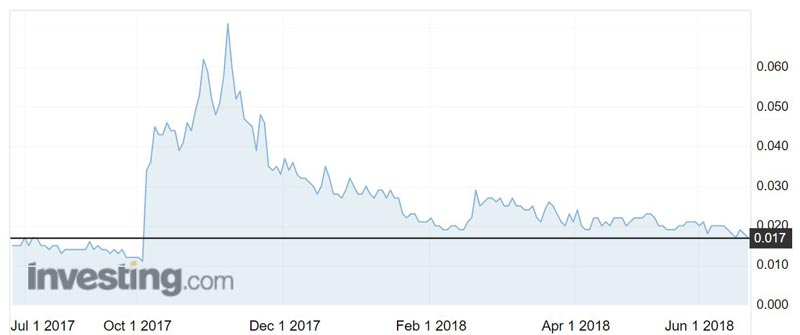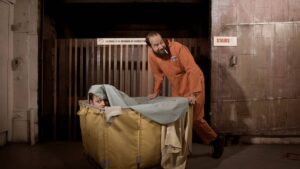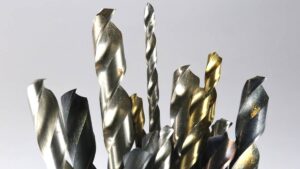Castle boss says Pilbara conglomerate gold story still has a ‘lot more mileage’

Pic: John W Banagan / Stone via Getty Images
Activity around the Pilbara conglomerate gold story is again hotting up and it is far from done, according to the head of Castle Minerals.
Castle (ASX:CDT) is looking at selling its Ghana gold assets to focus on its “Witwatersrand-style” conglomerate-hosted gold mineralisation in the Pilbara.
Conglomerate gold refers to nuggets hosted in rock containing rounded gray quartz pebbles and other minerals. The world’s most productive gold region, South Africa’s Witwatersrand Basin, is famous for this geological formation.
Conglomerate-hosted gold became all the rage after Artemis Resources (ASX:ARV) and Canadian partner Novo Resources uncovered what was described as “watermelon seed nuggets” south of Karratha in July last year.
Analysis of the nuggetty gold later determined it was conglomerate-hosted.
Castle managing director Stephen Stone told Stockhead the company is refocusing “out of Ghana onto the Pilbara assets”.
While the loud rumble of last year’s Pilbara gold nugget rush has died down in 2018, Mr Stone believes there is still plenty of road ahead for the story.
“I think there’s a lot of good work going up there by a lot of good companies and I think it’s still to play out,” he said. “I still think there’s a lot more mileage in it.”

Artemis told investors today that it and partner Novo have agreed to stump up a further $5.4 million to continue exploring their conglomerate gold landholding in the Karratha area.
In the first four months of the 2019 financial year, the partners will focus on bulk sampling, diamond drilling and costeaning activities, primarily at the Purdy’s Reward project.
Meanwhile, Marindi Metals last week revealed it had struck a cash and scrip deal worth over $C10 million ($10.1 million) to sell its Bellary Dome conglomerate gold project to Canada’s Pacton Gold.
The CSIRO is working with Artemis on its conglomerate gold projects as well as its other projects to better understand the geology in the Pilbara.
The pair are currently drilling a $1.4 million, “super-deep” 3300m hole to test the many rock sequences in the Pilbara Basin from surface and deep into the basement’s geology.
- Bookmark this link for small cap breaking news
- Discuss small cap news in our Facebook group
- Follow us on Facebook or Twitter
- Subscribe to our daily newsletter
The CSIRO is currently only working with Artemis, but is interested in partnering with other explorers in the area.
“I guess there is what I’d describe as a pretty active discussion around the potential of what we could do with the bigger initiative around the Pilbara conglomerate gold,” CSIRO research director Rob Hough told Stockhead last week.
“We’re actually quite interested in a broader engagement with the industry around the potential of the Pilbara – not just for the conglomerate gold story but around other resources, and taking a different scientific approach to the evolution of the Pilbara and what that might mean for exploration potential.”
Although Castle has not been in talks with the CSIRO yet, Mr Stone expressed interest in partnering with the Australian government research organisation.
“We haven’t spoken to them but we’d be more than happy to participate in anything that’s going on that would help everybody collectively advance the projects,” he said.
UNLOCK INSIGHTS
Discover the untold stories of emerging ASX stocks.
Daily news and expert analysis, it's free to subscribe.
By proceeding, you confirm you understand that we handle personal information in accordance with our Privacy Policy.








